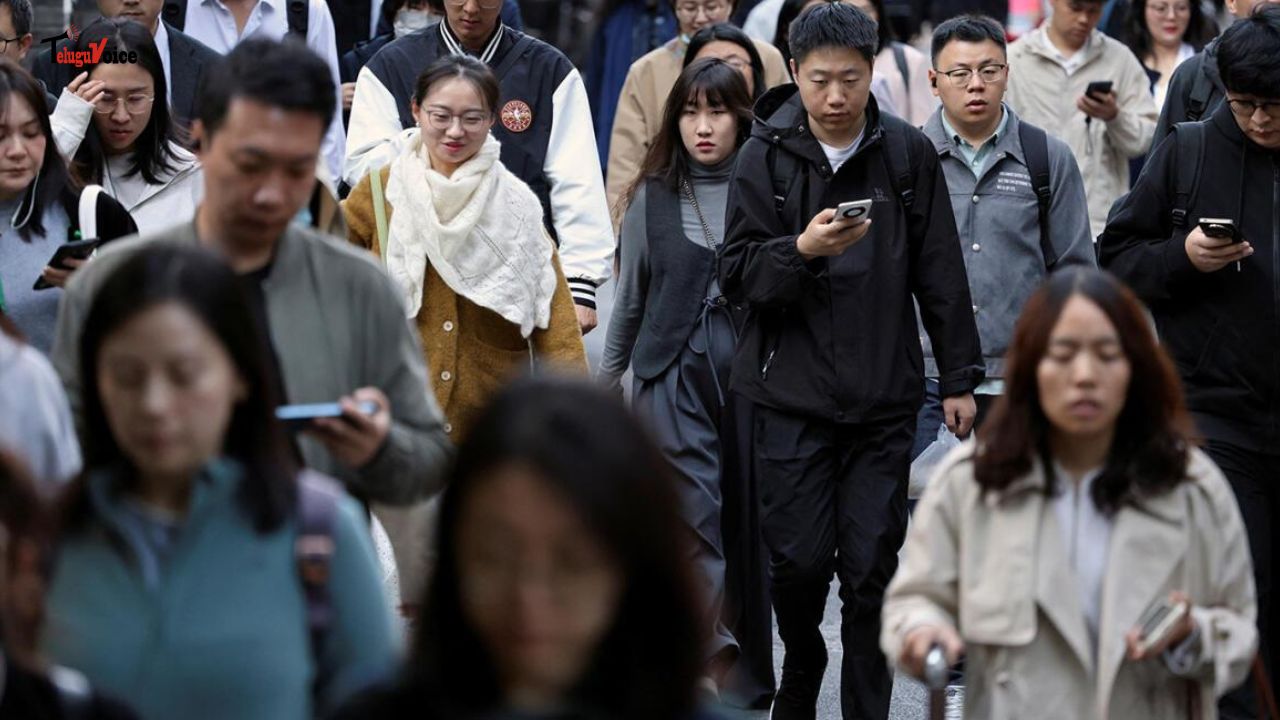China Introduces K Visa to Attract Young STEM Talent, Sparks Debate on Social Media

China has launched a new visa category, the K visa, aimed specifically at attracting young foreign graduates, researchers, and professionals in the fields of Science, Technology, Engineering, and Mathematics (STEM). The move is part of Beijing’s push to advance innovation, develop cutting-edge technologies, and compete globally in high-tech industries.
The K visa is being seen by many, especially in India, as a potential alternative to the U.S. H-1B visa, which is highly competitive and limited in number. With major Chinese tech hubs investing heavily in research and development, the new visa could open opportunities for young professionals to work in innovation-focused environments in China.
However, while the policy is designed to attract talent, its introduction has triggered backlash on Chinese social media, where some users have expressed fear of job competition and a rise in anti-immigrant sentiment. This reaction has led to concerns about whether foreign professionals would feel welcome or face social resistance despite official support.
According to Anushka Saxena, Research Analyst on China Studies at The Takshashila Institution, the K visa differs significantly from the earlier R visa. As per China’s immigration regulations, the R visa is intended for high-level experts or specialists urgently needed by the state. The focus of earlier policies under Xi Jinping’s administration—especially since 2013—was on attracting foreign investment, promoting manufacturing in China, and building technology domestically.
In contrast, the K visa shifts the emphasis to young talent and innovation, signaling China’s intent to directly nurture the next generation of researchers, scientists, and entrepreneurs within its borders.
While the visa offers promising opportunities, its success will depend on China’s ability to balance policy goals with public perception—ensuring that foreign talent not only enters the country but is also able to thrive in an inclusive environment.

 South Africa tour of India 2019
South Africa tour of India 2019










Comments